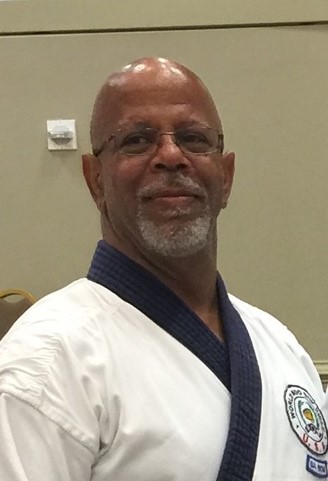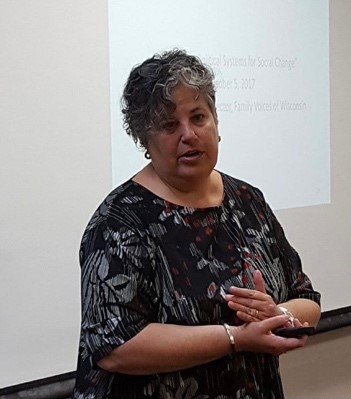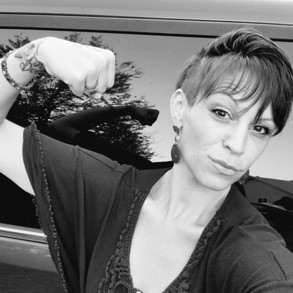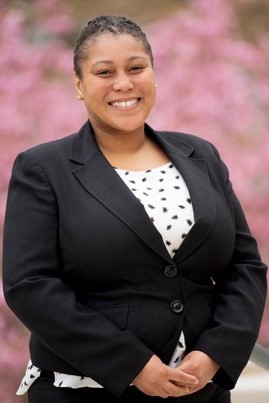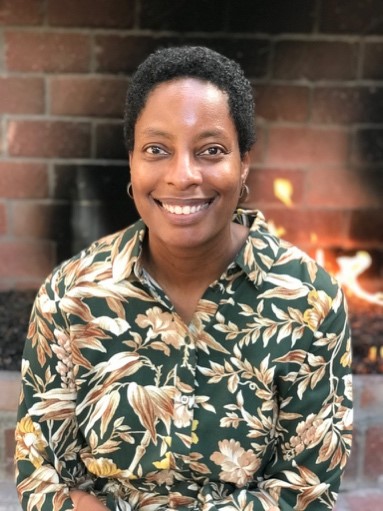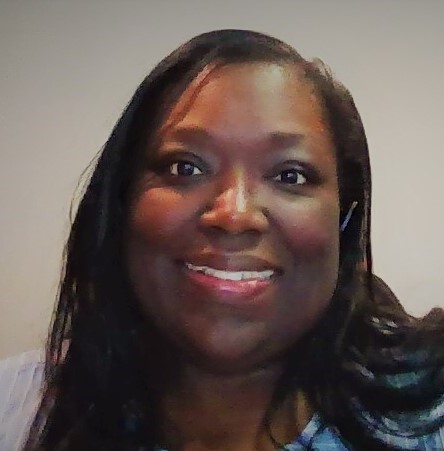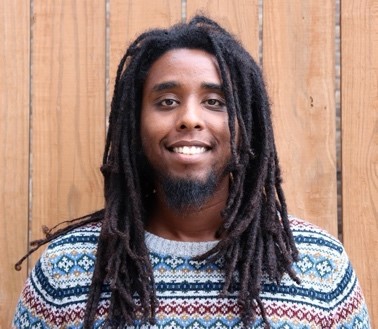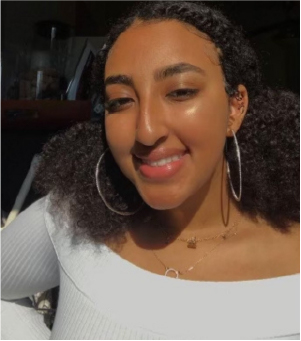1. Begin Internally
- Assess where you are as a program and involve your whole team.
- Use your organizational self-assessment as a guide (Find in Cultural Growth in Tools).
- What work are you already doing around dismantling racism?
- Don’t make assumptions, ask your team.
- How diverse and including is your organization?
- Diversity and inclusion are not the same thing.
- What other needs do you still have to fill in the gaps?
- Find partners already established in doing this work. Beg, steal or borrow. With permission of course.
- What steps will you take to achieve this?
- Develop a quality improvement process.
2. Open Dialogue
- Create a safe space for your team sessions.
- Working with an outside facilitator is highly recommended.
- Every member of the team should participate including upper management.
- Develop ground rules as a team.
- Start with open listening sessions. Make sure these include assurances of understanding and not retribution so that people can share freely.
- Prepare 1-2 simple questions to start dialogue and then just listen.
- Encourage everyone to contribute to discussion but do not push.
- Try not to take things personal as people speak their truth.
3. Build Trust
- Ground your work in the 4 C’s to build trust so that people can open up:
- Care: Demonstrate you care. Actions speak louder than words.
- Communication: Effective communication is key to trust. Silence can feed doubt and fear and be filled by rumors and mistrust.
- Competence: Follow up and follow through. Trust is deteriorated when there is incompetency and lack of follow through.
- Consistency: Invest the time to doing this work and stick to it. When people see commitment they believe that you are not just checking a box. Trust is built through consistency.
- Acknowledge pain. Let them know they are seen and heard.
- Build in activities that you can all bond on to create space for team to interact.
- Invest in learning about each other. This is also another opportunity to do an activity.
4. Amplify Voices
- Be an ally and amplify quiet voices. If you notice silence, it may be because they are terrified of speaking up in a group setting. Pull them aside in a private space and offer them alternative ways to share their thoughts. Never share their thoughts without permission.
- If silence is consistent, establish an anonymous box and encourage everyone to drop thoughts in.
- An ally should use their voice to amplify and never to drown or dim the light of others.
- Make space for others: “We join others, even as we ask others to join us” – Trish Thomas/Roberto Chene.
5. Build Leadership
- Invest in promoting and hiring people who may typically be passed over.
- Encourage and foster their leadership skills. Implement professional development opportunities for all staff.
- Be thoughtful about selecting activities that are compatible not only to the organizations mission but to the individual then follow up and follow through.
- Create opportunities for everyone to shine.
Be patient. Remember, “Change is hard in the beginning, messy in the middle and gorgeous at the end”
– Robert Sharma
Now its time to begin looking “outwardly”. It is time to invite others to the table and begin the
work of educating in a manner that is suitable and compatible to your organzations mission
and that of your network. If you are reaching out to a particular community, utlize the
assistance and expertise of cultural brokers, liaisonsor partner’s. Keep the mantras of “work
with us, for us” and “nothing about us, without us” at the forefront of your outreach efforts.
It will ground your work and ensure inclusion.
Engaging Your Community.
Here are some ways to engage:
Town Halls
Town halls are one of the most effective ways to communicate and educate. They can be fluid and relatively informal, set up as listening sessions or they can be structured with panel presentations of experts and those with lived experience with plenty of time throughout to engage with townhall participants.
Family Voices FamU chose townhalls to engage with our nationwide network of families. We established time each month to host these townhalls, selected topics and developed a working template for each session.
Go to Explore More Resources and click on the “Town Halls” block to download a “how to” guide that you can modify for your program
Concentric Circles
Concentric Circles is a highly effective exercise in situations where building trust and relationships is important. Concentric Circles is a powerful bonding exercise because it gives individuals the opportunity to share their thoughts and experiences with others in one on-one conversations. Because people are given an ordered situation in which to have these conversations, they are able to build relationships with others without the pressure or awkwardness that are often part of social interactions. Big group are broken into a few circles. Small groups of 8-10 can be one circle. In the age of Zoom, this is a breakout room. Select topics driven by your work or goal. For example if your organization is establishing a program where you want to amplify a diverse group of voices and/or perspectives select topics that will inspire each circle to have an in-depth discussion.
*Pro tip* pick topics that flow chronologically and those that you can build upon at a later date.



